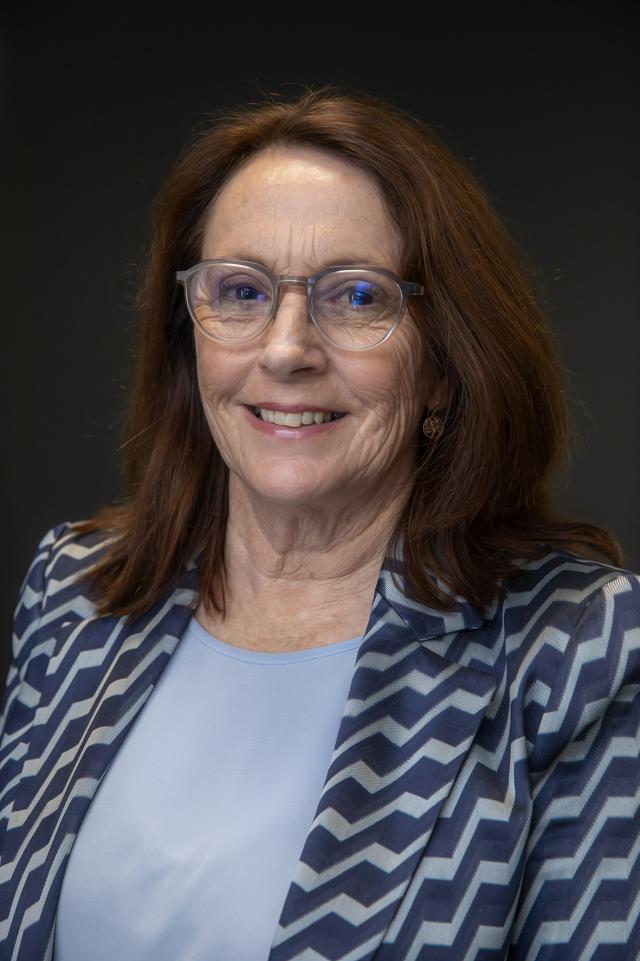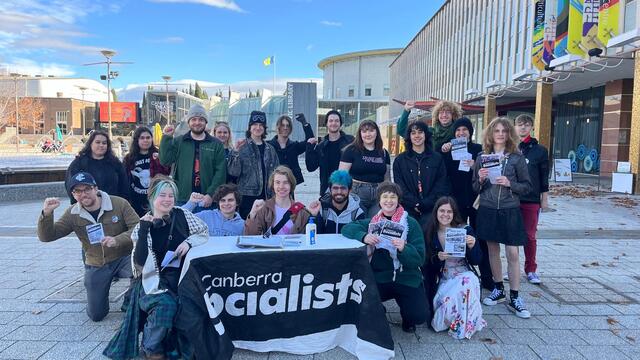The Good Oil by Rod Brown *
The Kalgoorlie folk have the opportunity to build on their towering economic strength in minerals by the establishment of a Mining Centre of Excellence. It would bring together industry, government agencies, higher education and research bodies, such as the School of Mines and the Centre for the Management of Arid Environments, at Curtin University’s Kalgoorlie Campus. This initiative was brought to my attention by Ray Ciantar, a regional development practitioner living and working in the City of Kalgoorlie-Boulder.
He tabled a very interesting paper at Ballarat University last year on the subject. It refers to international research in support of Centres of Excellence in Kalgoorlie, or anywhere for that matter.
The first input comes from US economists, Gary Hamel and C K Prahalad at Harvard Business School, who emphasise that waves of new technological advances are washing over us, and the distance between the peaks of the waves is getting shorter. By the time you realise the implications of that particular wave crest, it is too late to react, as a new wave crest is already upon you – hence the need to set the future five to ten years hence. They argue that there is an increasing need for collaboration between potential competitors, so as to share the increasing cost of R&D as well as the risk in bringing the new product to the market.
The second input is from Richard Florida’s best selling book, The Rise of the Creative Class and How It’s Transforming Work, Leisure, Community and Everyday Life. In Sydney recently, Richard Florida is getting rave reviews around the world about, inter alia, his identification of the ‘three Ts of creative centres’, which are as follows.
Technology – Universities are centres for cutting edge research in fields from software to biotechnology, and important sources of new technologies and spin off companies.
Talent – Universities are amazingly effective talent attractors and their effect is truly magnetic. By attracting eminent researchers and scientists, universities in turn attract graduate students, generate spin off companies and encourage other companies to locate nearby in a cycle of self reinforcing growth.
Tolerance – universities also help to attract a progressive, open and tolerant climate that helps attract and retain members of the creative class.
I must admit to great difficulty in translating Florida’s magnificent faith in universities to those in Australia. Generally speaking, Australian universities are not ‘amazingly effective talent attractors’ nor ‘truly magnetic’. While Monash University and a few others might get close, senior university staff are too busy chasing funds and doing consultancy work to supplement their meagre salaries.
Kalgoorlie proposal
Regardless of whether universities can match the rhetoric, the concept of a Mining Centre of Excellence is sound, and consistent with best practice industry development. As Ray Ciantar explains “the Centre would foster R&D, attract funding, and work closely with a Mining Industry Cluster.
The latter would encourage companies and researchers to jointly market and exhibit products, and secure the infrastructure development to market their products. Such cooperation is designed to generate cost savings through group purchasing, supply chain development, defining research needs, and identifying new value adding opportunities” .
The vision is that the School of Mines campus would have, clustered around it, a number of world class companies servicing the mining and associated industries, that would undertake R&D in partnership with the University. This would be the beginnings of a small, but very prestigious, world class science park that that would work closely with a recently opened business incubator.
As Ray concludes “…the trick now is for us, as a community, is to come up with an integrated, holistic approach that incorporates innovation, R&D, industry, business, clusters, infrastructure and investment”.
The ‘halo effect’
I think Ray is right. At another level it involves the nurturing of a type of ‘halo effect’ – meaning establishing some form of monopoly position and uniqueness in order to attract investor interest. This has occurred with most centres of excellence – for example, food research at Werribee, forestry research at Creswick, aviation training in Brisbane, aquaculture research and training at Port Lincoln, information technology in Sydney and Canberra, and equine research at Scone.
They have carved out a form of competitive advantage. In each of these centres of excellence the following three common factors stand out.
- A grand vision
- Start up funding from government
- Project champions
The three factors are interconnected. For example, having a vision gets you nowhere without project champions – these are individuals with people skills, pizazz and passion (hey, Richard Florida – how about the three Ps?).
Speaking from experience in the public sector, first rate project champions quietly introduce the idea to government (often playing to Ministers’ egos), provide follow up information, and then let it stew a while. They might then ‘duchess’ government officials, get others to reinforce the message, such as local members, captains of industry and chairs of advisory boards, and create a series of opportunities or events to place the initiative in a policy context.
These techniques are perfectly legitimate ways of convincing government that a project is worth the risk.
Unfortunately, small business people and university professors are not generally good at the marketing and lobbying game. The solution is therefore to build alliances between universities, TAFEs, research groups and companies of different sizes – and to weave project champions into this.
Local Government Councillors and Council staff often have difficult decisions to make as to their level of involvement, but my personal view is that if they have the three Ps, they might as well use them.
Harking back to the Ballarat conference that triggered our interest in the Kalgoorlie proposal, by coincidence, Australia’s Chief Scientist, Dr Robin Batterham, gave the keynote address and spoke about the importance of alliances, the need to spread risk, and to see the future in a five to ten year context. These were the same sentiments underpinning the Kalgoorlie scenario.
But the coincidences do not stop there. Dr Batterham, who is the former chief of the CSIRO Division of Mineral Resources, would know all the mining industry heavyweights, and would be regularly advising the Prime Minister on how government funding should be distributed. Could he therefore be a quiet champion?
* Rod Brown’s Canberra based consultancy group, Australian Project Developments Pty Ltd, specialises in industry/regional development and government liaison. For further information telephone (02) 6231 7261 or email apd@orac.net.au







